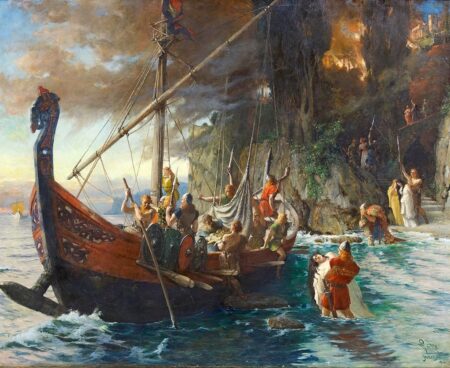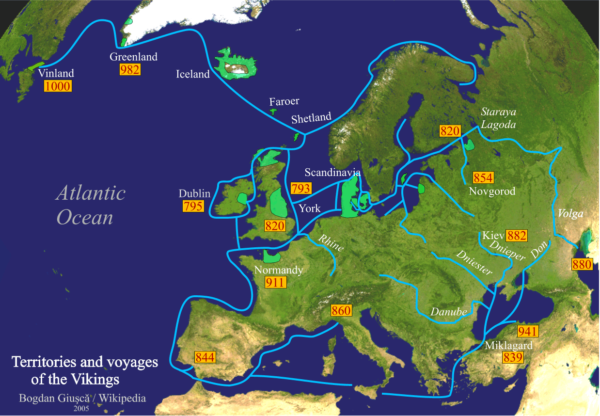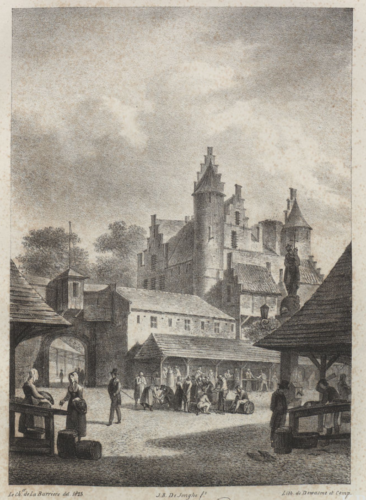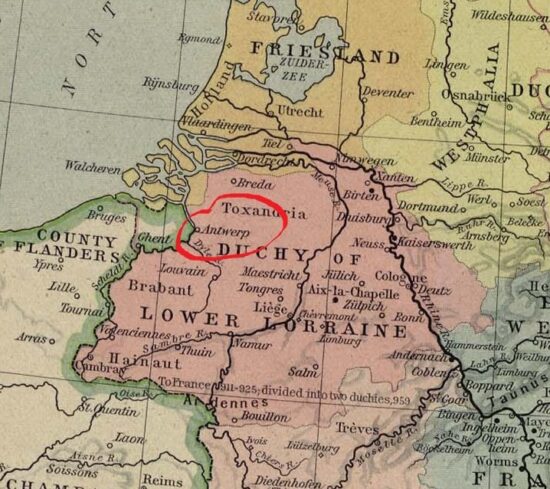Baby
The 9th century brought a raid of Viking warriors who destroyed the existing fortified settlement built by the Franks. The Norsemen (Vikings) took over the control of the left bank of the River, something that would resonate in the local dialect from then on. (the dialect identified ‘those from across the water’ as foreign and hostile. To better defend themselves, the residents of the settlement built the first stone structures, a defensive stone wall and the first ever version of Het Steen, the stone castle that was further protected by a wide dug moat.



In 950 AD Emperor Otto I , the king who defined the formation of the Holy Roman Empire, built a new castle in Antwerp mostly for the protection against the Vikings, making it one of the strongest in the wider area. The settlement grew quickly under the protection of the castle & in 1008 it acquired its first city rights. Carolingian Antwerp entered the feudal era as part of the Duchy of Lower Lorraine of the Eastern Frankish Kingdom operating as a border region that neighbored the Western Frankish Kingdom and its newly established County of Flanders on the other side of River Scheldt.



